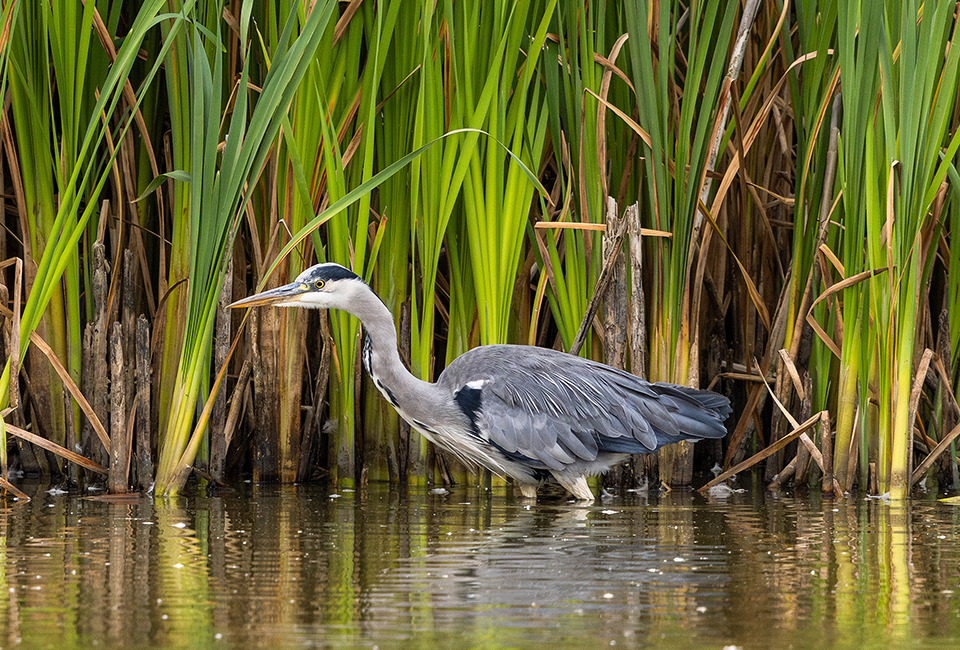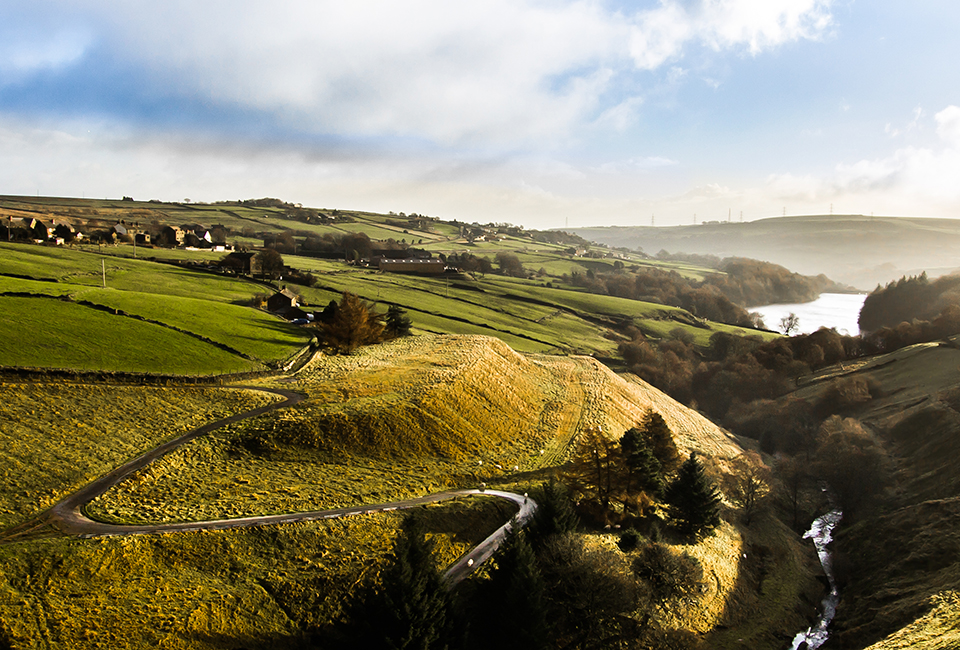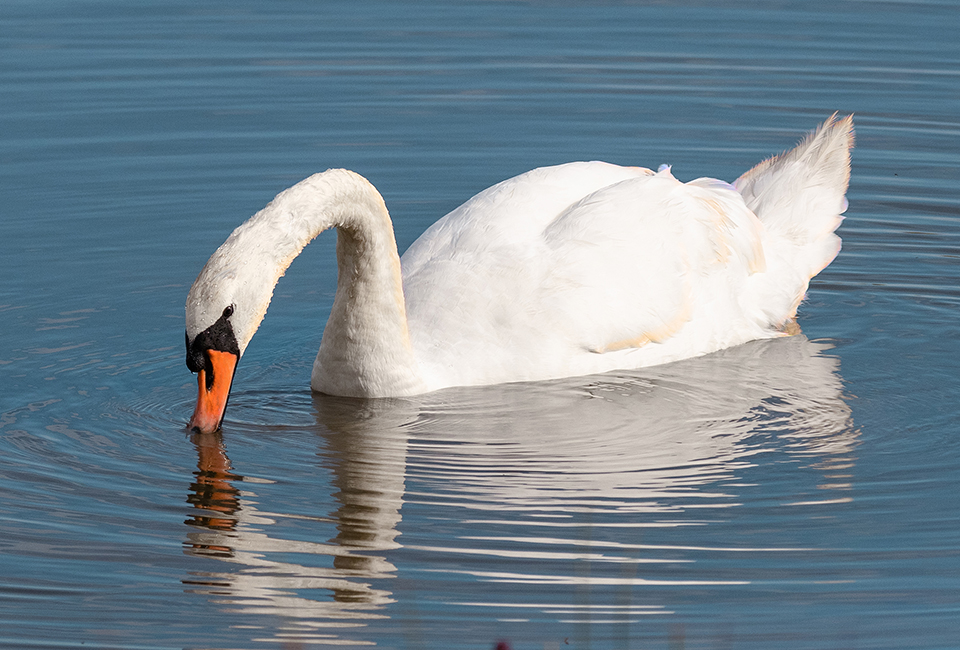Knostrop is our biggest treatment works, serving one million people in Leeds. We’re investing in upgrades there to reduce Phosphorus in the treated wastewater entering the river Aire, without using chemicals – making it safer for us all to enjoy.
What we're going
Our Knostrop site is a wastewater site that cleans wastewater for people living in Leeds. It treats the wastewater of almost one million people at a rate of 5,600 litres per second.
We're rolling out Enhanced Biological Phosphorus Removal (EBPR) at our treatment sites. This means we're upgrading our biological treatment process and adding a new solids removal plant to treat the final effluent before it's returned to the environment.
EBPR is a great way to sustainably cut down Phosphorus levels. It uses specific organisms to pull out large amounts of Phosphorus from the wastewater, which significantly lowers the levels in the effluent.
We’ve teamed up with Stantec and Ward & Burke on this project as part of our Partnership for Yorkshire to improving water quality in the Aire.
This project is a key part of our £500 million investment in Phosphorus removal by 2025. Since Knostrop is our biggest treatment works, serving nearly a million people in Leeds and the surrounding areas, this upgrade will make a big difference. It’s going to lower Phosphorus levels in the river Aire and benefit both the watercourse and the wildlife.
The £60 million upgrade will help us meet the Water Framework Directive and cut phosphorus levels in the treated wastewater down to 0.4 mg/l and iron levels to 4 mg/l.

What is Phosphorus and why are we working to reduce it?
Reducing Phosphorus levels is a key part of reaching our goal to improve the River Aire and make it a safer place for wildlife. In fact, we’re aiming to cut Phosphorus from our wastewater treatment by 56%. But before we get into the details of why this is so important, let us explain what Phosphorus is and how it impacts Yorkshire’s rivers.
Phosphorus naturally comes from things like domestic showers and washing machines because of products like shampoo and liquid detergent. It can also run off from agricultural fields due to fertilisers or be dissolved from soil, which can be tricky to manage.
While a small amount of Phosphorus is harmless and essential for many ecosystems, too much of it can be harmful to both human and animal life. The usual sewage treatment process doesn’t remove much Phosphorus, so a lot of it ends up in the treated wastewater.
We've been working hard towards our target of putting £500 million into removing phosphorus at 80 of our wastewater treatment sites by 2025.
One of our big goals, is to improve river water quality, and we measure our progress by how much river length we’ve improved each year, from 2020 to 2025. By upgrading our wastewater treatment processes, we’ll be able to remove more Phosphorus and release less into the environment improving the water quality for wildlife and making the environment a place we can all enjoy.
How we treat water to make sure it's safe to drink
More from us

Storm overflows
Find out what stormover flows are, why we have them and how they work.

River health
Yorkshire is a place we’re proud to call home, it’s one we want to take good care of, especially it’s rivers and coastlines so that the people of Yorkshire can enjoy them.

Investing in Yorkshire
From fixing leaks to making new wetlands. From helping customers struggling with bills, to giving back by helping communities thrive.


